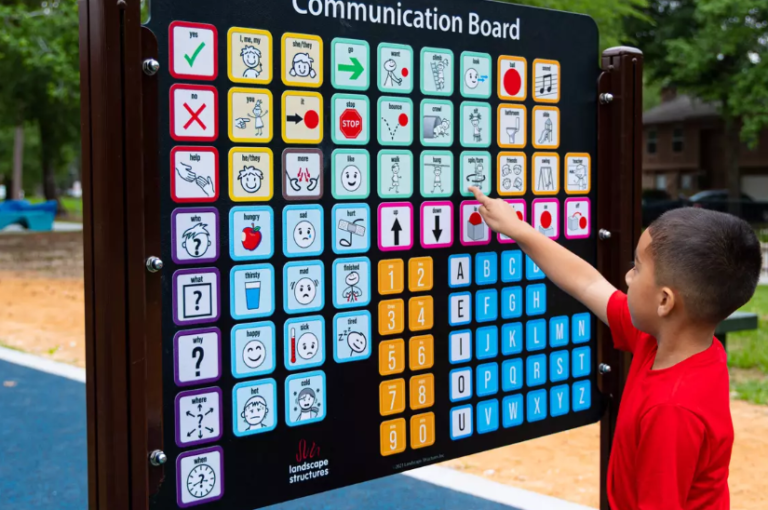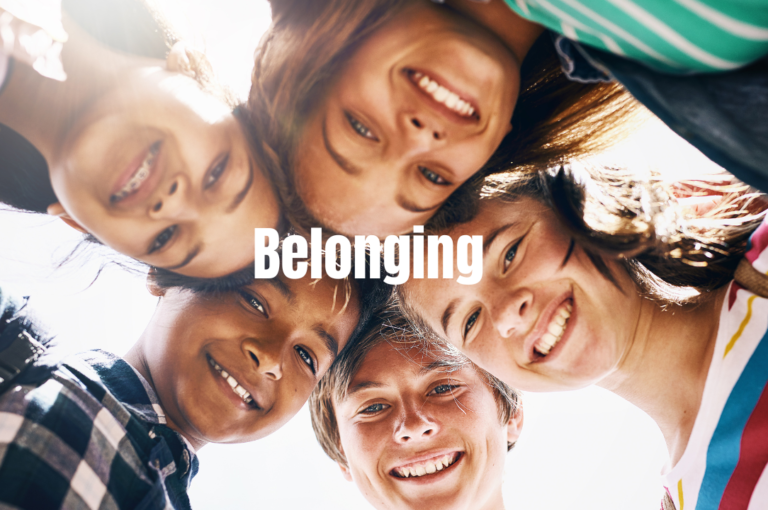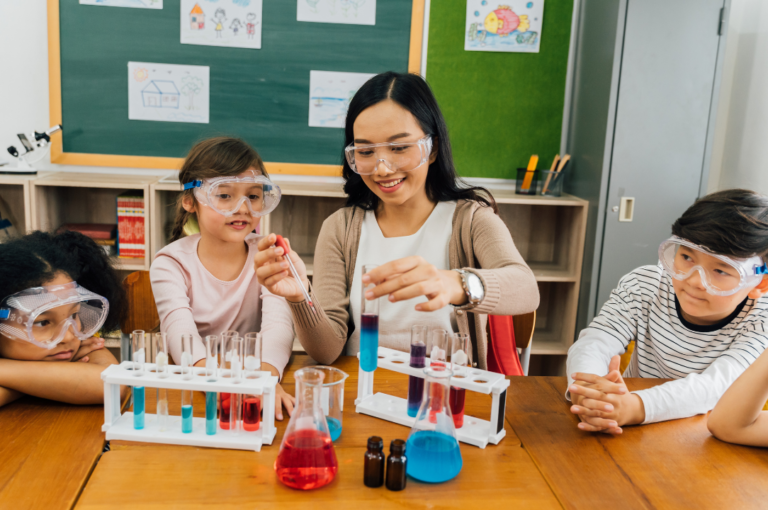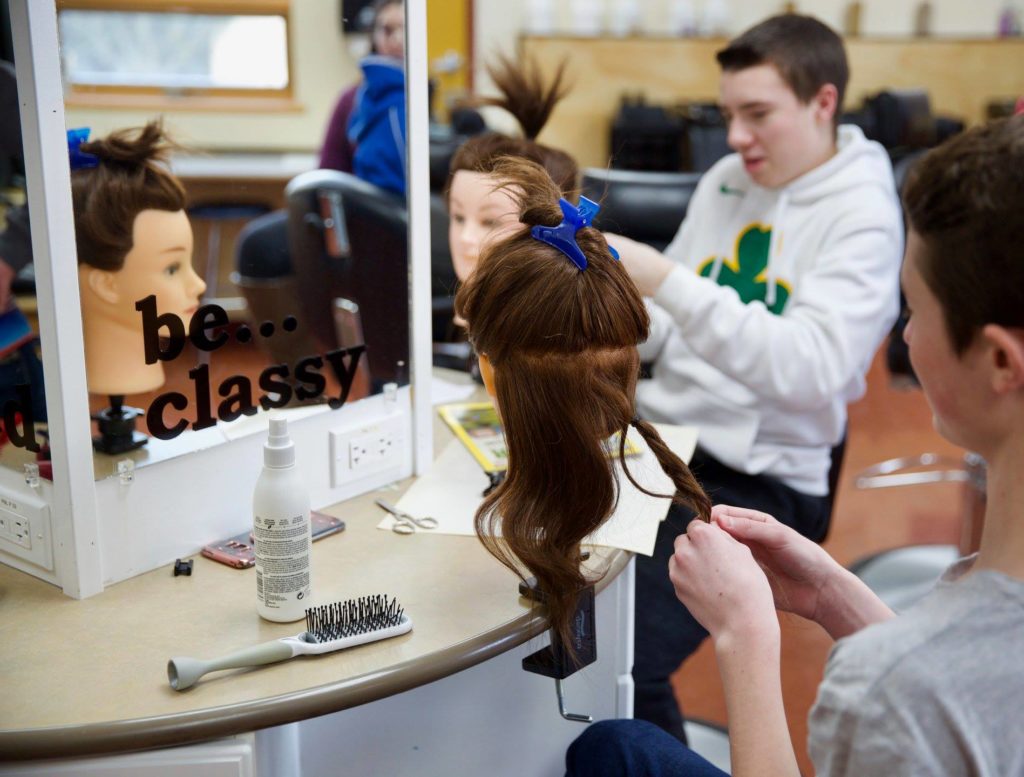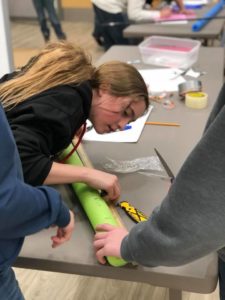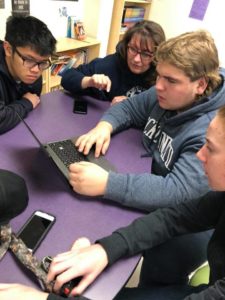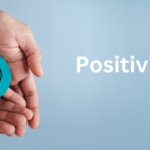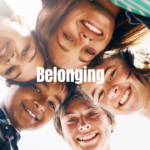Deep Understanding
The ultimate goal of Powerful Learning is to design learning experiences that will enable our students to develop a Deep Understanding and for our students to grow, discover and change –change their thinking, change themselves, and help change the world.
Deep Understanding occurs when learners are immersed in a culture of thinking and when the development of “understanding” is the primary goal of learning.
Designing tasks that allow for choice, creativity and challenge in the context of 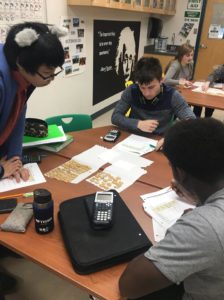 collaboration helps learners to achieve deep understanding. As well, it includes exploring a topic from many angles, building connections, challenging long-held assumptions, looking for applications, and producing what is for the learner a novel outcome (Ritchhart). To achieve deep understanding learners are engaged in the actions of applying, performing, adapting, and transferring.
collaboration helps learners to achieve deep understanding. As well, it includes exploring a topic from many angles, building connections, challenging long-held assumptions, looking for applications, and producing what is for the learner a novel outcome (Ritchhart). To achieve deep understanding learners are engaged in the actions of applying, performing, adapting, and transferring.
Powerful Learning recognizes the importance of a balance between surface, deep and transfer learning or in other words a balance between teaching for knowledge and teaching for understanding. As defined by Hattie and colleagues, surface learning involves the initial learning of concepts and skills to develop conceptual understanding and initial consolidation of ideas. Surface learning is not shallow learning and it is not about the rote memorization of skills. Deep learning gives students further opportunity to consolidate understanding and make deeper connections among ideas. As well, it allows for the transfer and application of knowledge, skills or strategies to a new task or situation.

